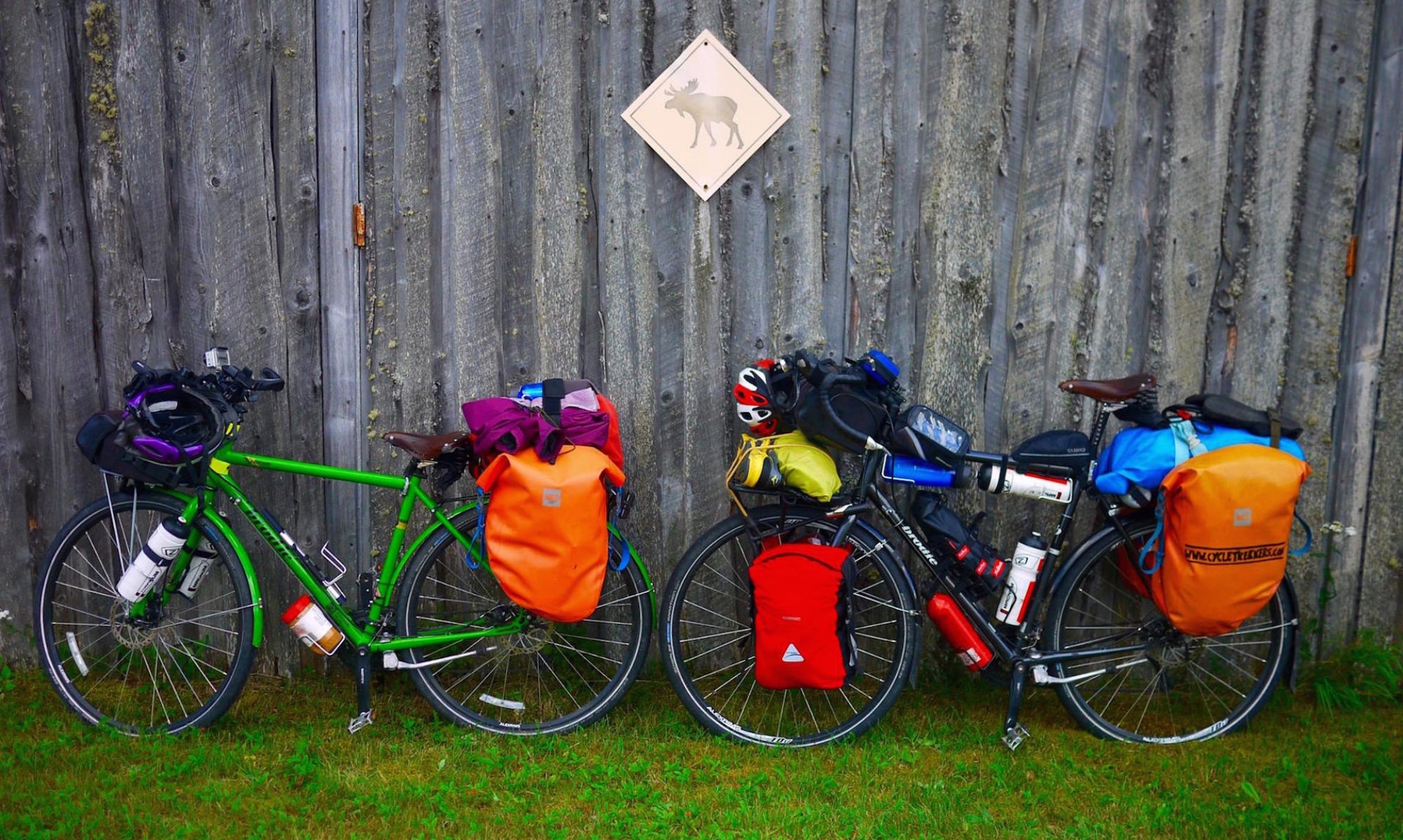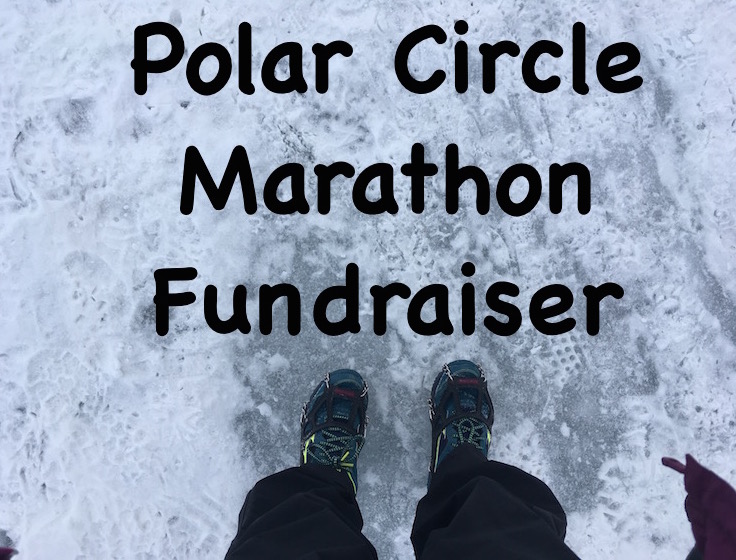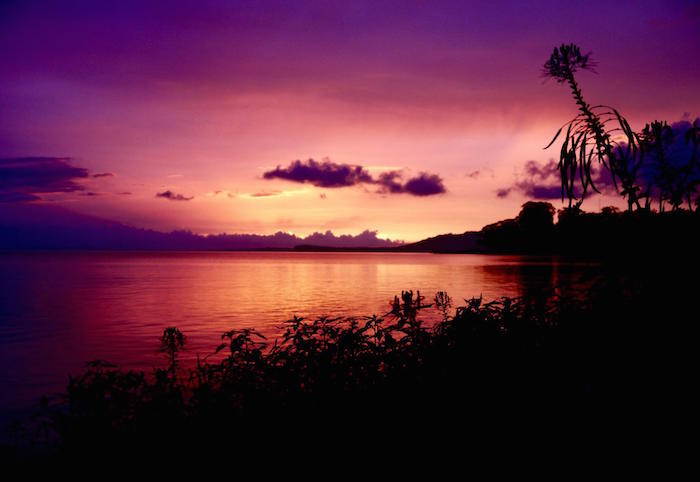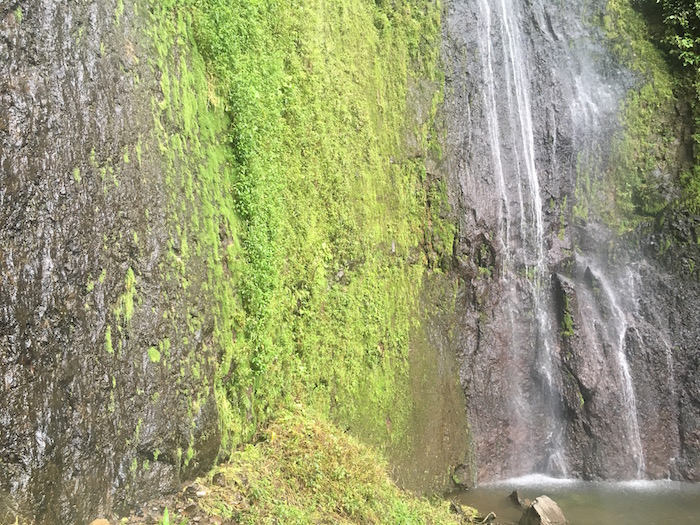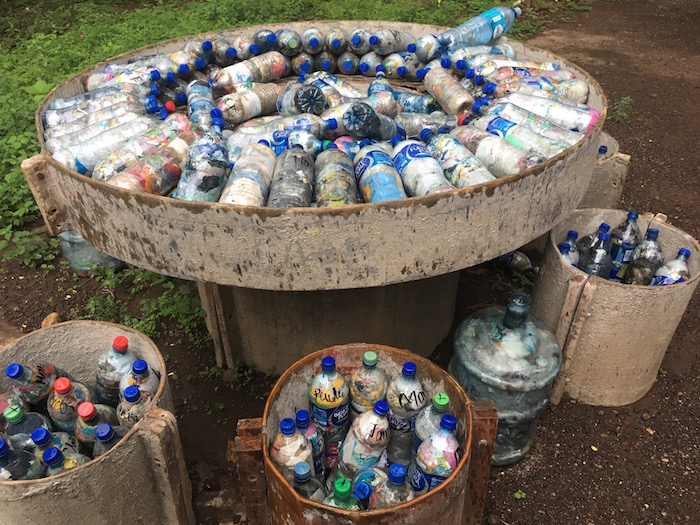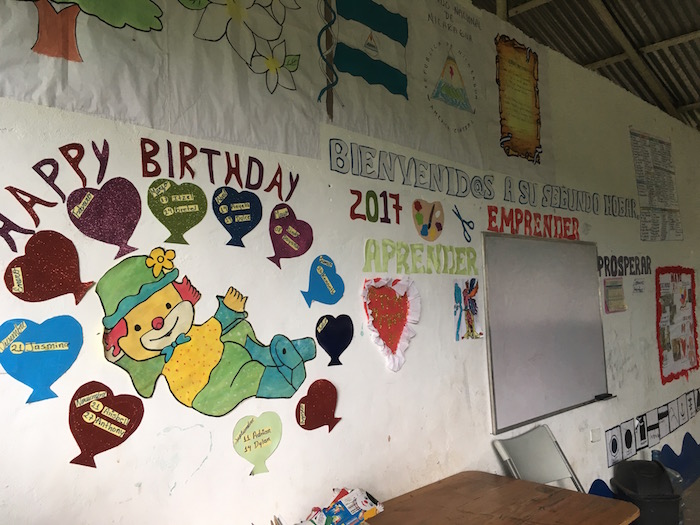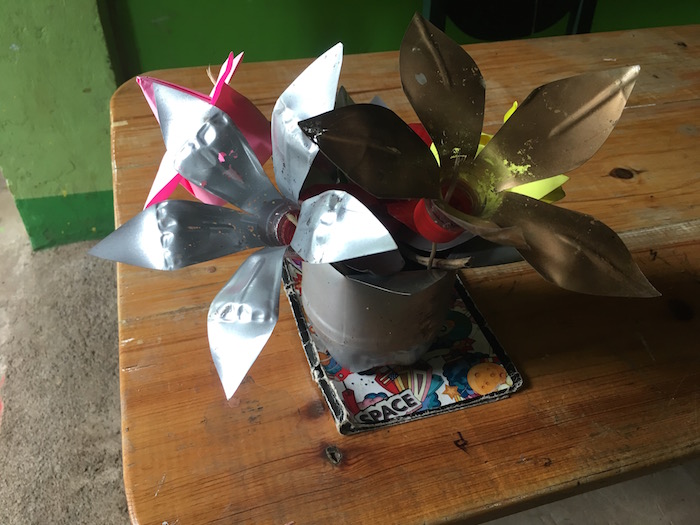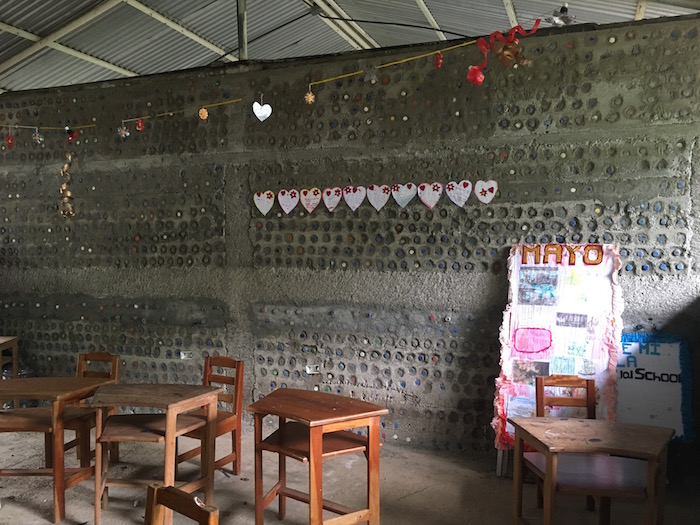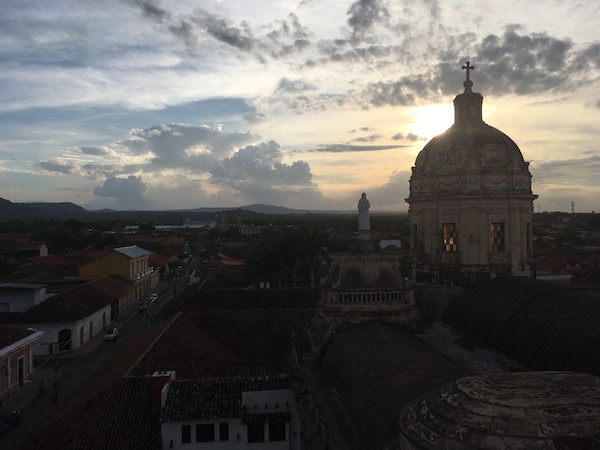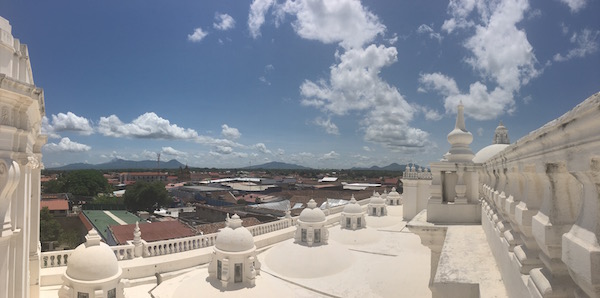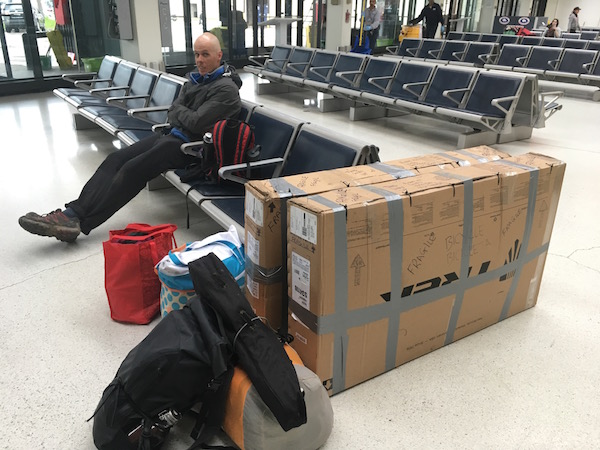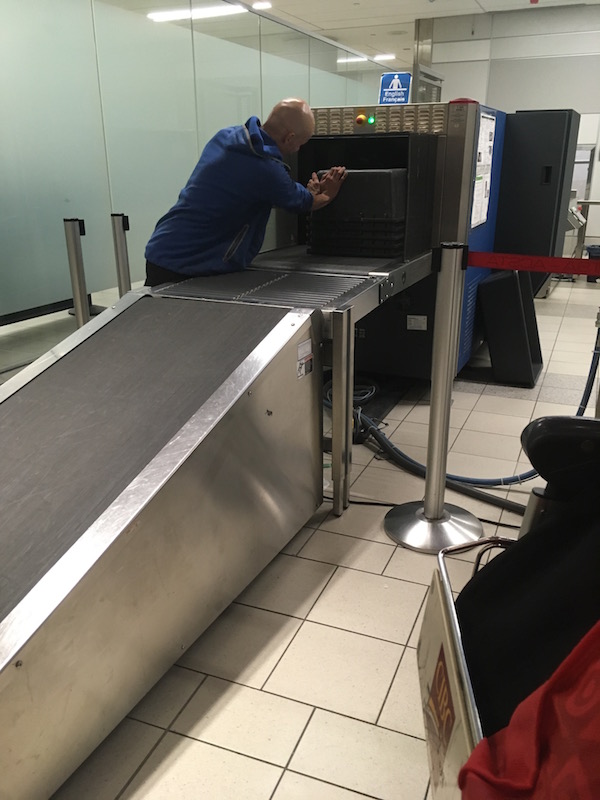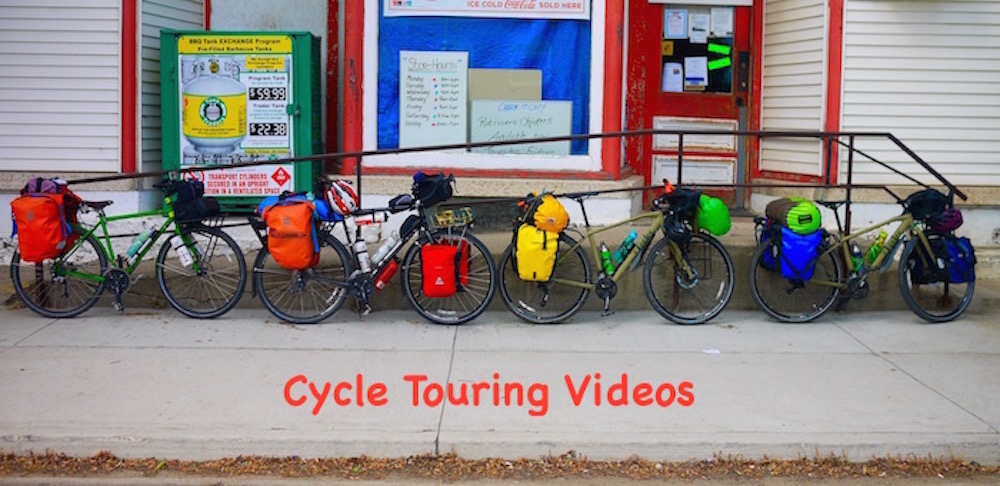Well I can’t believe it’s over and I actually survived.
I’m not going to lie, in the week leading up to the run I was extremely nervous.
My training had not really gone to plan, and even my work mate kept telling me she was concerned for my safety (yes, Cat, I’m referring to you).
In all honesty, I hate the cold. I’m not sure why I keep ending up in these cold situations. First riding in snow in Canada, then the polar run/s, even the boiler in our flat just stopped working.
I guess there is something about the cold I must be drawn to – perhaps the ‘not-knowing-if-I-will-survive’ feeling. I can just imagine my Dad’s response to that last comment – don’t worry Dad, as usual I won’t tell you about it until I’ve survived it.
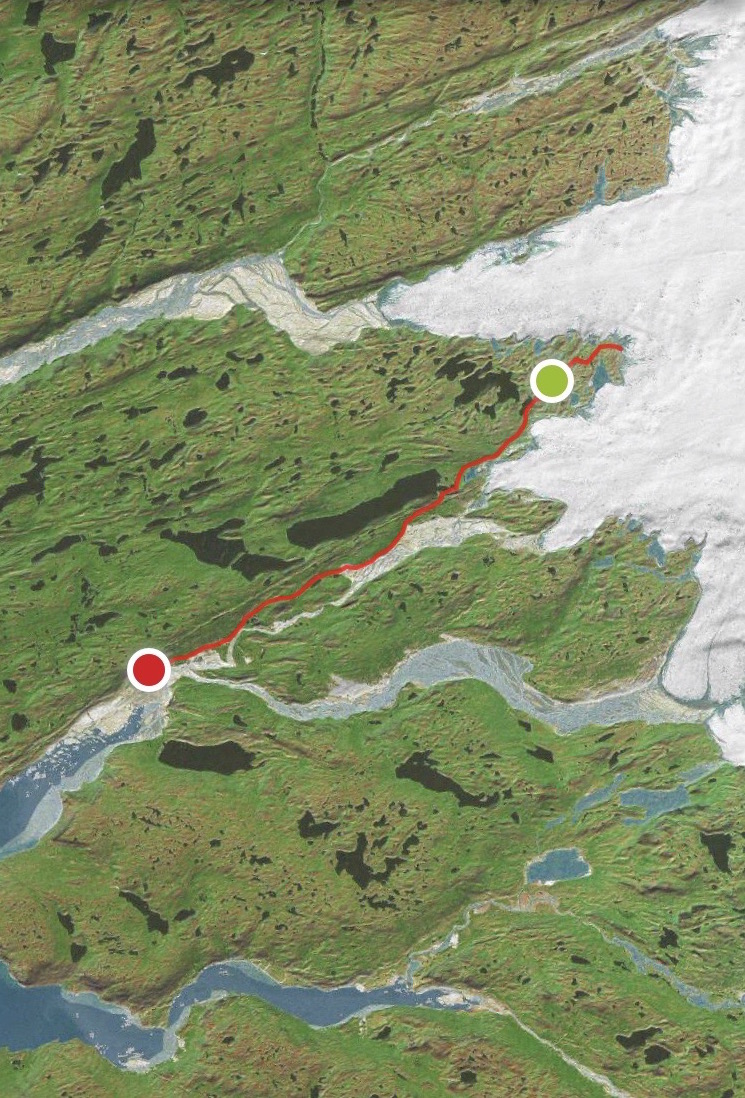
The Polar Challenge
Originally I had signed up to just the full marathon. However, once I met a couple of the other runners, and discovered they were signed up to do the Polar Challenge (running both the half marathon and the full marathon), I decided I had better just sign up too. Screw the lack of training and fear of the cold! The finisher t-shirt was in my colour, so what’s it matter if I lose a couple of toes in the process?

Due to some hurricane winds and wet weather the race days got moved. This is probably a good thing, seeing as on the original race day, our arctic bus (built like a bloody tank) almost slid off a bridge into some freezing water. Perhaps that story is for another day – my biggest fan (aka. my Dad) can only take so much news at once. Nonetheless, if we had the race day on the original day, there probably would have been far more injuries.
I took it pretty easy in the Half Marathon. We drove an hour to the start in a freezing cold bus. I had about 5 layers on and could not feel my toes at the starting line. At this stage I thought I was going to lose a couple of toes to frost bite, before even starting the race. You don’t really need toes anyway, do you? Just extra weight.
10 minutes into the run, and I was sweating more than running in a Perth summer. I was sweating to the point that I was actually scared of running. I knew that as soon as I hit the Ice Cap I would instantly freeze.
So the first 6km didn’t really go very smoothly. I was dropping things, sweating, tripping over my own feet… I ended up just walking most of it and taking photos.

Then I hit the Ice Cap.
Running on the Ice Cap was by far my favourite part of the run. My heavy-duty spikes were awesome! Apart from getting a bit carried away and running the complete wrong direction, it couldn’t have gone much better. I also managed not to freeze – so that was a bit of a bonus.
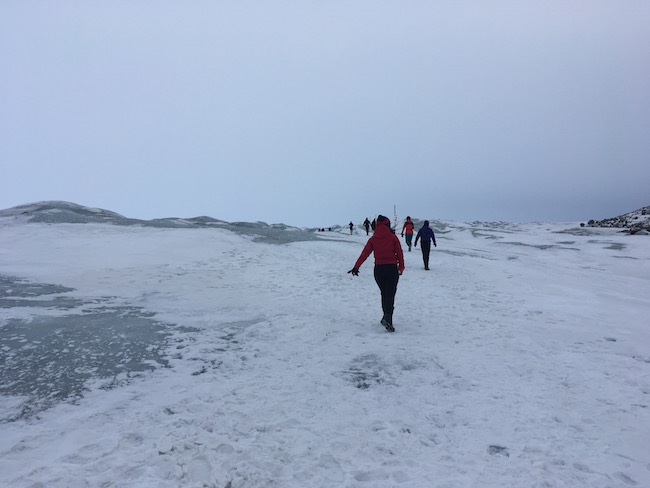
The rest of the run was amazing. The course went past several frozen lakes and glaciers, and over several step gravelly hills. Eventually I finished the half as a PW (personal worst) time, however I really enjoyed it and was much more prepared for the full.
I’m now feeling conscious that I have never wrote about a run before, and this may turn out to be the longest and most boring blog post I’ve ever written… So I’m going to summarise the rest of my time in Greenland in bullet point form.
Greenland: icy, cold winds, lots of meat (unfortunately for me), lots of emptiness, dancing Northern Lights, the smallest cities in the world, bloody expensive beers (though there are two craft breweries – hooray).
Marathons: amazing, cold (though I still managed to sweat buckets), hilly, icy, quiet.
Runners: probably my favourite part of the run and the whole trip was the runners. This was the first run(s) where I never listened to any music, and spent half of the time chatting to other runners. There may have only been 120+ of us, but I felt less alone than the ‘40,000+ runners’ events I’ve done. Such an inspiring bunch that have given me plenty of ideas for future challenges.
Placing (out of the females):
- Half marathon: 14th
- Full Marathon: 5th
- Polar Challenge: 7th
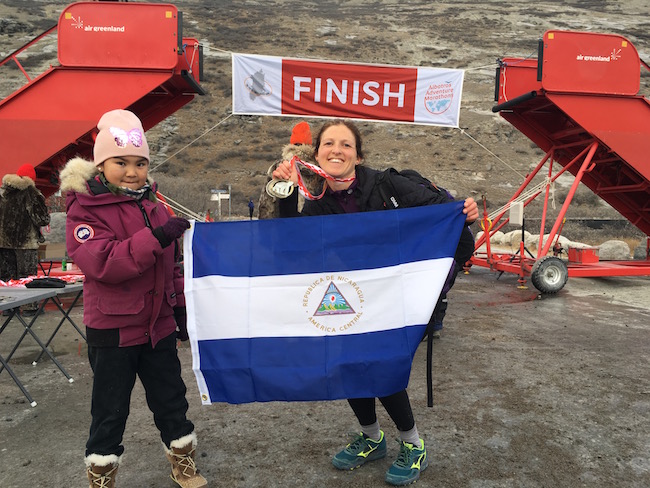
Next Challenge
When an event has constantly been on your mind for what seems like forever, it’s an odd feeling when it’s suddenly over and done with. There is a mixture of relief, happiness… and emptiness.
So I’m now in search of the next challenge. I honestly need some ideas, so if you have any let me know 🙂
Fundraising for Ometepe Bilingual School
Since the France to China by bike fundraiser, I hadn’t planned to take part in another event fundraiser (mainly to save my friends and family from the constant spamming of requests for donations).
However, a few months ago I received a newsletter from Ometepe Bilingual School, which read;
“Our small hotel profits are essential to covering the costs of operating Ometepe Bilingual School…
Unfortunately, the riots that started on April 19th have worsened, and are seriously impacting the hotel’s ability to support the school. Reservations were cancelled including high school and college groups, tour operators, and independent travelers.”
Michael and I visited the hotel and school last year while cycling through the country, so I already had admiration for the project. I was also fortunate enough to witness the positive impact the school had had on the children, the local community and the environment.
I decided the Polar Marathon was a good opportunity to fundraise for the school.
All donations will be going directly to the school (minus the site’s fundraising fees) and you can visit the donation page here. I’ve discovered the site doesn’t work on all browsers (including Explorer), however it does work on Chrome and Safari. If you are having any issues making a donation, please get in touch.
The Polar Marathon fundraising campaign is open until the end of November 2018, however you are still able to donate after this date, if you wish.
The children also sent me this cute video, which I thought I would include in the post. Muchas gracias los ninos!
About the School and Current Situation
Nicaragua is involved in a difficult political crisis with government corruption resulting in extreme poverty for the hardworking people of Nicaragua.
Countries have issued travel warnings advising people not to visit the country. This is having a drastic impact on a country whose economy relies heavily on tourism.
The hotel, Hacienda Merida has dedicated it´s profits during the past 10 years to educating the children of Nicaragua, conserving our natural environment, and developing effective solutions to decrease poverty and food insecurity.
Unfortunately the hotel is no longer receiving any visitors, income or any profits for the school. The school and the children are at risk are sadly at risk.
An independent National survey publish by the International Foundation for the Global Economic Challenge (FIDEG in Spanish) found that in 2017, 41.2% of the Nicaraguan people are living at the poverty rate of $2.33 U.S. dollars per day, with an additional 7.7% in extreme poverty earning only $1.15 per day.
In addition, because of political mismanagement, many Nicaraguan’s have limited access to food and other goods, services, and health care. As the purchasing power of the average Nicaraguan continues to drop, the number of people in poverty increases. The current projections for 2018 indicate that by the end of this year, 57.3% of Nicaraguans will be in poverty.
The current crisis is taking an especially high toll on the beautiful children of Nicaragua. In rural areas, children have very limited access to education resulting in high rates of illiteracy. 21.8% of Nicaraguan rural children over the age of 10 are illiterate.
Any help is greatly appreciated – We all live in this world together and share the same planet. Political instability, poverty, and food insecurity do not recognize borders and have the potential to harm all of us.
Muchas Gracias! Thank you! Xx
